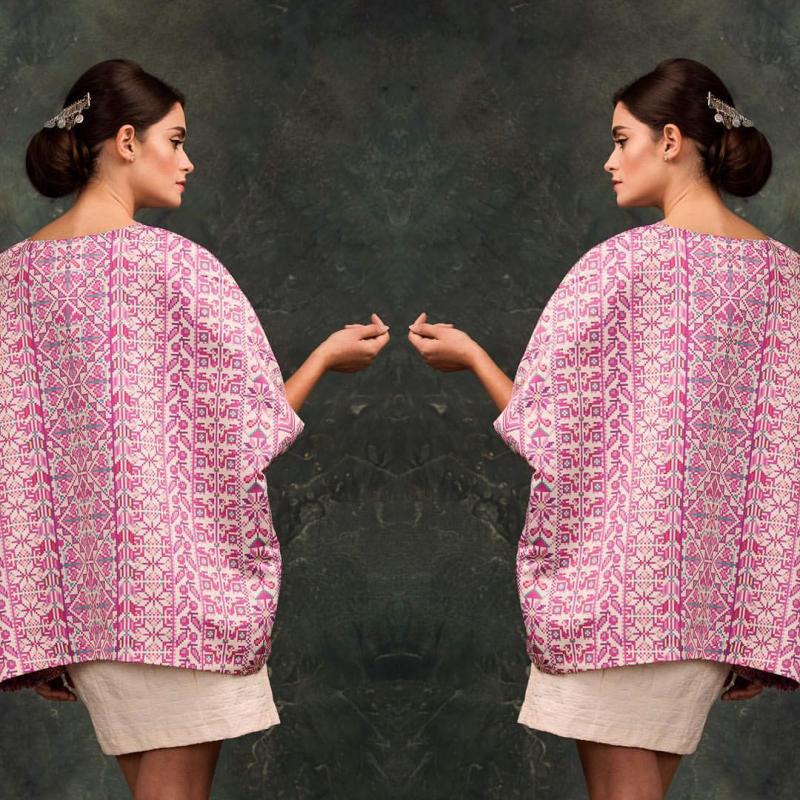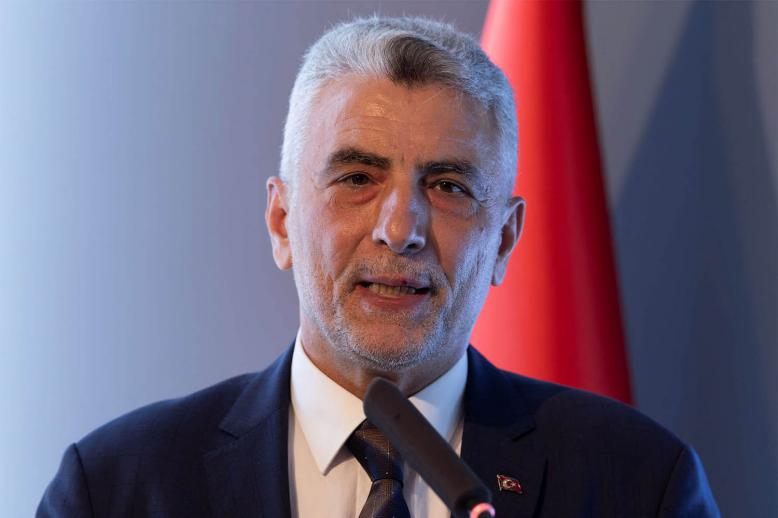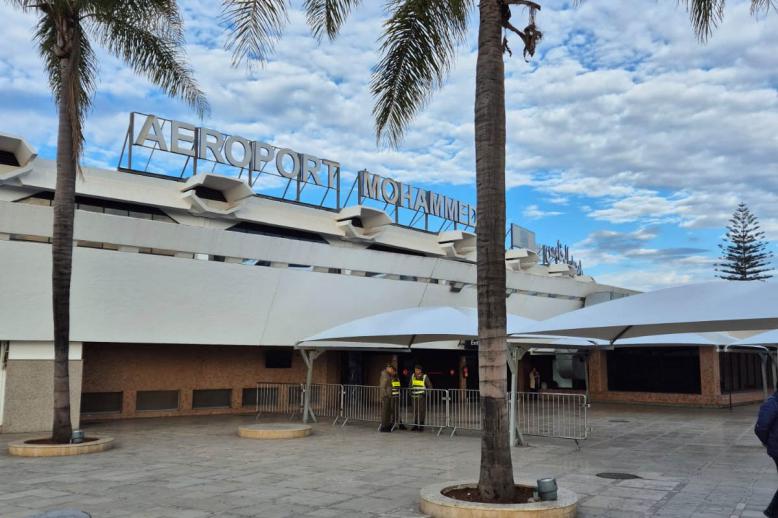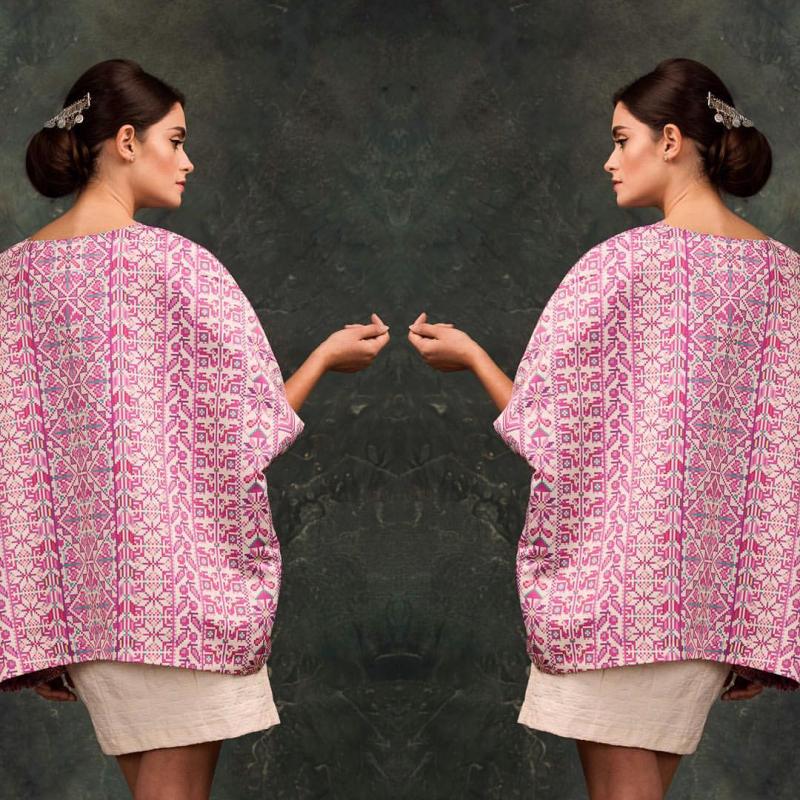Regional start-ups reshaping fashion business in MENA
Here’s a cliche: Fashion is big business in the Middle East and North Africa. Here’s something totally different: It’s the small players who are recreating the fashion business in the region.
Consider the “MENA Design Outlook 2014-2019,” compiled by the Dubai Design and Fashion Council. The report said the region’s fashion industry was growing at 6% per year on average and would reach $55 billion by 2019.
That means plenty of room for new players, which are slowly but surely joining in. Start-ups are subtly redefining what it means to create, design and sell clothes in the Arab world. The fashion silhouette is moving away from big international and high-couture brands.
Local designers are making clothes inspired by the diverse cultural identities in the region, helping to preserve local crafts and trying to cater to specifically Arab tastes.
Jerusalem-based Natalie Tahhan is trying to revive Palestinian embroidery.
Beirut-based Elias El Haddad, who founded the lifestyle brand Boshies, is working to modernise the tarboosh.
In Tunis, Sofiane Ben Chaabane, co-founder of the LYOUM fashion brand, is exploring a contemporary Tunisian-Mediterranean style using local textiles.
In Algeria, Rajaa Benayed, 20, has a clothing brand for women who don’t want to compromise their modesty in the name of fashion.
LYOUM is the oldest of the four start-ups, having been founded in 2011. Boshies started just last year. All four start-ups came into being because designers saw a gap in the market.
Tahhan founded Tahhan Design in 2015 after graduating from the London College of Fashion. She said she was driven by a need to protect something that might otherwise have died out.
“Unfortunately, the practice of Palestinian embroidery no longer exists on a large scale in our homes and is no longer passed down from mother to child,” Tahhan said, “and so I feel it’s important to preserve and showcase the beauty of it.”
She said this may be best done by using Palestinian embroidery in a contemporary way. Her dresses and classic blazers reflect the historical expressionism of 19th-century motifs of Jerusalem, Jaffa, Ramallah and Gaza. Her latest collection, “Prints of Palestine,” uses the traditional motifs.
Tahhan creates the designs, patterns and fabric herself, then works with seamstresses in Jerusalem to finish the garments. She said her clients are both local and international.
Haddad said Boshies is meant to provide quality wear that speaks to Arab millennials. “Young Arabs lack a local brand that would better represent them, by reflecting simultaneously their modern lifestyles and their cultural identities,” he said.
With financial help from his family and friends, Haddad kicked off his brand with a unisex take on the tarboosh. That was during Beirut Design Week 2016.
That’s the way it is for many fashion start-ups in the region, in the absence of formal financial channels of support for entrepreneurs. The 5-year-old annual Rise Up Summit in Cairo recognises the logic and possibilities of MENA entrepreneurship but Ben Chaabane said the start-up experience has a steep learning curve and there was no one to ask for advice. “Although my co-founder and partner in life worked for a textile group in Paris, we’ve had to learn everything from scratch,” she said.
Benayed said she learnt to trust her own instincts. “At the beginning of my career I participated in many fashion shows, most notably ‘The Fashion Days’ organised by the French Cultural Centre in Algiers,” she said. Then she decided to focus on the modest fashion trend.
Benayed and the others said balance sheets are not the best gauge of their potential. Turnover is relatively humble but they are able to sustain themselves even as they plan to scale up.
Ben Chaabane said her clothes are about more than fashion. “We have an ever-growing community that shares our conviction that fashion can bring meaning and create relationships between communities and even countries,” she said.
She may be on to something. Tara Abboud, a hipster in Beirut, said her fashion choices are increasingly guided by the desire “to embrace a unique style, close to who I am as a young Arab.”
Many in the region’s 25-34 age group say the same, which is why regional fashion start-ups emphasise their organic roots on social media and with online story-telling. Boshies’ pitch for crowdfunding, for example, had the tagline “Reinventing Middle Eastern Casual Wear.” LYOUM’s logo is both in Latin and flowing Arabic script and it invites clients to undertake “a wonderful journey between the shores of the Mediterranean,” which is to say both in North Africa and Europe.
Industry insiders say indications are good for regional fashion start-ups, so long as they demonstrate staying power. Hasnaa Guessous, founder of My Souk in the City, a marketplace that provides international exposure to Arab talent, said: “Arab fashion is still in development (but) there are many talented designers in the region who deserve their place to be showcased internationally. They are set to compete against bigger much more established brands.”
It’s an uphill battle. Guessous said regional “designers need to be educated on how to expand internationally. They need to learn how to adapt to the Western fashion codes in terms of styling and visuals. I am very positive about their ability to adapt.
For the moment, though, international expansion may be less important than solid regional growth.
Khadija Hamouchi, a social entrepreneur, is founder of SEJAAL, an initiative that is building an app for young people. She has received six international awards, including Stanford Business and Innovation Fellow, Morocco’s African Entrepreneurship Award and San Francisco’s Parisoma Accelerator Programme.
This article was originally published in The Arab Weekly.






